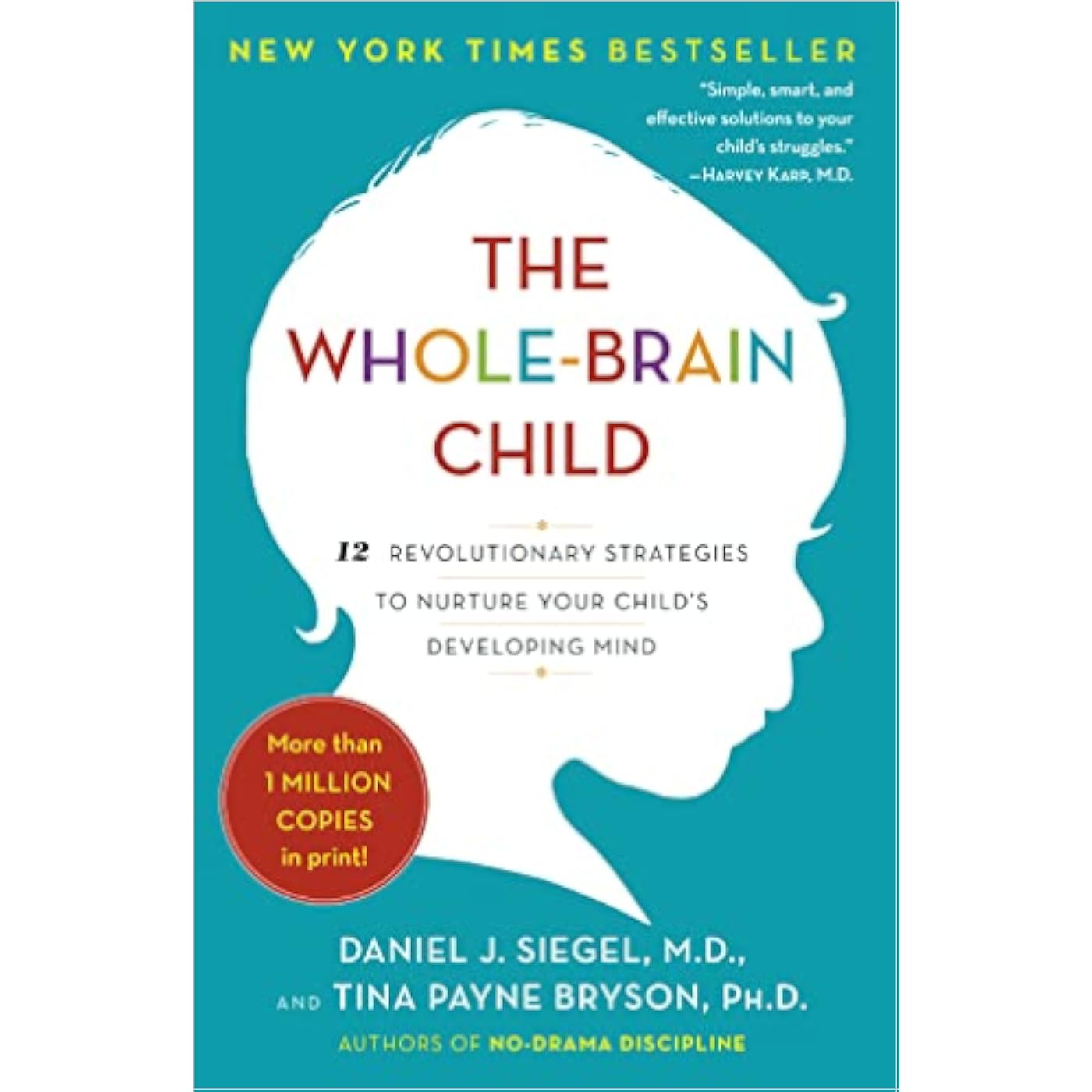

Ready to go? Add this product to your cart and select a plan during checkout. Payment plans are offered through our trusted finance partners Klarna, PayTomorrow, Affirm, Afterpay, Apple Pay, and PayPal. No-credit-needed leasing options through Acima may also be available at checkout.
Learn more about financing & leasing here.
This item is eligible for return within 30 days of receipt
To qualify for a full refund, items must be returned in their original, unused condition. If an item is returned in a used, damaged, or materially different state, you may be granted a partial refund.
To initiate a return, please visit our Returns Center.
View our full returns policy here.
Format: Paperback
Description
NEW YORK TIMES BESTSELLER • The authors of No-Drama Discipline and The Yes Brain explain the new science of how a child’s brain is wired and how it matures in this pioneering, practical book. “Simple, smart, and effective solutions to your child’s struggles.”—Harvey Karp, M.D. In this pioneering, practical book, Daniel J. Siegel, neuropsychiatrist and author of the bestselling Mindsight, and parenting expert Tina Payne Bryson offer a revolutionary approach to child rearing with twelve key strategies that foster healthy brain development, leading to calmer, happier children. The authors explain—and make accessible—the new science of how a child’s brain is wired and how it matures. The “upstairs brain,” which makes decisions and balances emotions, is under construction until the mid-twenties. And especially in young children, the right brain and its emotions tend to rule over the logic of the left brain. No wonder kids throw tantrums, fight, or sulk in silence. By applying these discoveries to everyday parenting, you can turn any outburst, argument, or fear into a chance to integrate your child’s brain and foster vital growth. Complete with age-appropriate strategies for dealing with day-to-day struggles and illustrations that will help you explain these concepts to your child, The Whole-Brain Child shows you how to cultivate healthy emotional and intellectual development so that your children can lead balanced, meaningful, and connected lives. “[A] useful child-rearing resource for the entire family . . . The authors include a fair amount of brain science, but they present it for both adult and child audiences.”—Kirkus Reviews “Strategies for getting a youngster to chill out [with] compassion.”—The Washington Post “This erudite, tender, and funny book is filled with fresh ideas based on the latest neuroscience research. I urge all parents who want kind, happy, and emotionally healthy kids to read The Whole- Brain Child. This is my new baby gift.”—Mary Pipher, Ph.D., author of Reviving Ophelia and The Shelter of Each Other “Gives parents and teachers ideas to get all parts of a healthy child’s brain working together.”—Parent to Parent Read more
Publisher : Random House Publishing Group; Illustrated edition (September 11, 2012)
Language : English
Paperback : 192 pages
ISBN-10 : 1
ISBN-13 : 91
Item Weight : 5.6 ounces
Dimensions : 5.19 x 0.44 x 8 inches
Best Sellers Rank: #164 in Books (See Top 100 in Books) #1 in Medical Child Psychology #1 in Popular Child Psychology #2 in Parenting Boys
#1 in Medical Child Psychology:
